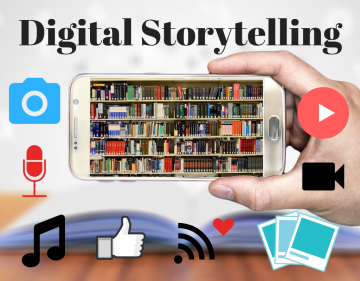Literature Circles: An Introduction
What are Literature Circles? Literature Circles are small groups of students reading and discussing the same book (AKA reading groups, book groups, or book clubs). One of the main goals of lit circles is for students to enjoy reading and engaging in “open, natural conversations about books” (Daniels, 2002, p. 18). During lit circles, the […]
Playdough for Everyone
Playdough is a tactile educational tool that can be used as a way to incorporate creativity and kinesthetic learning into lessons. It is inexpensive and easy to make using available kitchen ingredients (flour, salt, water & oil). Playdough can be used throughout the curriculum for all ages: it can be an effective form of experiential […]
Art Canada Institute: Teacher Resources
The Art Canada Institute (ACI), is a not-for-profit charity and educational organization based at Massey College at the University of Toronto. In collaboration with Canadian teachers and cultural advisors, they have developed over 40 Teacher Resources Guides, available for free in both English and French, to enable K-12 educators to teach cross-curricular subjects through art. Developed […]
A brief history… Timelines
I came across TimeToast awhile ago and was just reminded of it this morning as a tool for creating interactive digital timelines. There are many digital tools available for timeline creation – I’ve listed several in the ‘how to get started’ section below including a few open educational resources. There are also, many ways to […]
Digital Storytelling
Digital Storytelling: a new spin on an old tale. Creating their own stories or telling stories using digital means challenges students to move beyond being the consumer and instead become creators by adding multi-media to their narratives. That same story also becomes accessible to a broader audience by adding videos, graphics, and audio, through web-based […]






